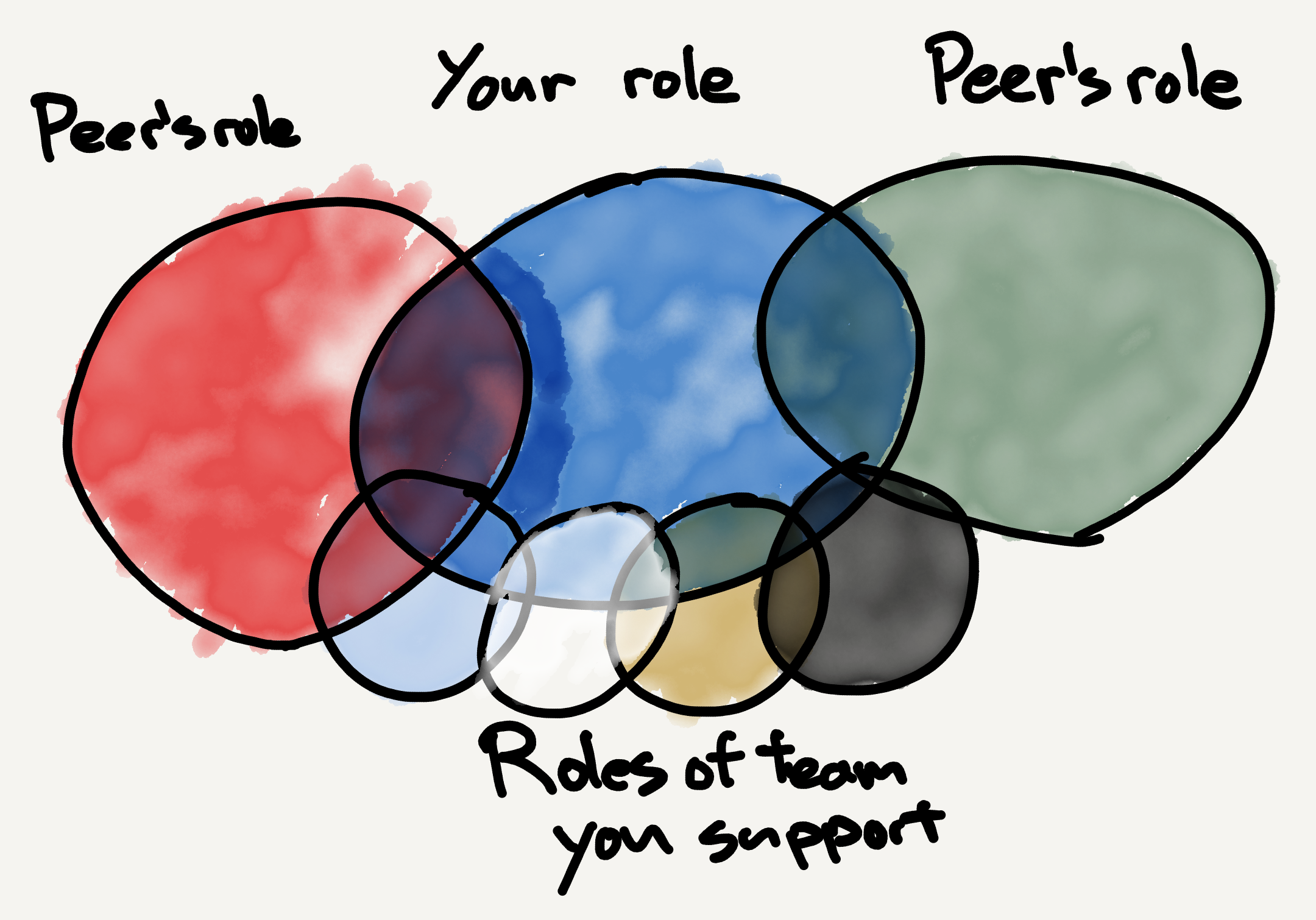Crown Family And Succession Planning: The Royal Blueprint For Legacy
Hey there, royal enthusiasts! If you're diving into the world of crown families and succession planning, you're about to uncover a treasure trove of insights that shape the future of monarchies around the globe. The concept of succession planning isn’t just about passing down a crown; it’s a carefully orchestrated process that ensures stability, continuity, and the preservation of traditions. So, buckle up, because we’re about to explore how royal families navigate this intricate dance of power and legacy. crown family and succession planning is more than a mere transfer of titles—it’s a strategic blueprint for the future.
In today’s fast-paced world, where change is constant, the stability offered by royal families stands out. Succession planning is the cornerstone of this stability, ensuring that the transition of power is smooth and seamless. From ancient kingdoms to modern-day monarchies, the art of planning for the future has evolved, but its importance remains undiminished. This article will take you through the fascinating journey of how crown families prepare for the next generation, blending tradition with modernity.
As we delve deeper, you’ll discover the challenges faced by royal families, the strategies they employ, and the role of succession planning in maintaining public trust and respect. Whether you’re a history buff or simply curious about the inner workings of royal households, this article promises to deliver insights that will leave you enlightened and entertained. Let’s get started, shall we?
Table of Contents
- Biography of Crown Families
- Importance of Succession Planning
- Historical Context of Succession
- Modern-Day Succession Planning
- Challenges in Succession Planning
- Strategies for Effective Succession
- Legal and Constitutional Frameworks
- Impact on Public Perception
- The Future of Crown Families
- Conclusion: Building a Legacy
Biography of Crown Families
Who Are the Crown Families?
Before we dive into the nitty-gritty of succession planning, let’s take a moment to understand who these crown families are. Royal families, or crown families, are the heart of monarchies worldwide. They represent centuries of tradition, culture, and governance. Each family has its own unique history, but they all share a common goal: to preserve their legacy and serve their nations.
Key Members of Crown Families
- Monarchs: The reigning kings or queens who hold ultimate authority.
- Heirs Apparent: The designated successors, often the eldest child of the monarch.
- Junior Members: Extended family members who support the monarchy in various capacities.
| Name | Title | Date of Birth | Role in Succession |
|---|---|---|---|
| King Charles III | Monarch | November 14, 1948 | Current reigning monarch of the UK |
| Prince William | Heir Apparent | June 21, 1982 | Next in line for the British throne |
| Prince George | Junior Member | July 22, 2013 | Third in line for the throne |
Importance of Succession Planning
Why Does Succession Planning Matter?
Succession planning isn’t just a formality; it’s a vital process that ensures the continuity of governance and the stability of nations. For crown families, this planning is even more critical because their roles extend beyond politics—they are cultural symbols, unifying figures, and ambassadors of their countries. Without a well-thought-out succession plan, the transition of power could lead to chaos, public unrest, and even political instability.
Imagine a world where the transition of power in a monarchy was abrupt and unplanned. The consequences could be disastrous, affecting everything from national pride to international relations. That’s why crown families invest significant time and resources into succession planning, ensuring that the next generation is prepared to step into their roles with grace and competence.
Historical Context of Succession
From Ancient Kingdoms to Modern Monarchies
The concept of succession planning has been around for centuries. In ancient times, the transfer of power was often fraught with conflict and intrigue. Think of the Wars of the Roses in England or the struggles for the throne in medieval Europe. These historical events highlight the importance of having a clear and fair system of succession.
Fast forward to today, and we see a more structured approach to succession planning. Modern monarchies have established rules and regulations that govern the process, making it more transparent and predictable. However, the challenges remain, especially in balancing tradition with the demands of a rapidly changing world.
Modern-Day Succession Planning
Adapting to the Times
In today’s world, crown families must adapt to new realities. Succession planning is no longer just about bloodlines; it’s about preparing the next generation to lead in an increasingly globalized and interconnected world. This involves education, public service, and even media training, as royal heirs must navigate the complexities of modern media and public opinion.
For instance, Prince William has been groomed to take over the British throne, with a focus on environmental issues and mental health awareness. This shows how modern crown families are aligning their values with contemporary concerns, ensuring that they remain relevant and respected.
Challenges in Succession Planning
Overcoming Obstacles
Despite the best-laid plans, crown families face numerous challenges in succession planning. One of the biggest hurdles is public perception. In an era where democracy and equality are valued, the concept of hereditary monarchy can be contentious. Crown families must work hard to maintain public support and demonstrate their relevance.
Another challenge is the potential for family disputes. When vast power and wealth are at stake, conflicts can arise, threatening the stability of the monarchy. That’s why clear rules and open communication are essential in the succession planning process.
Strategies for Effective Succession
Best Practices in Succession Planning
So, what are the strategies that crown families use to ensure effective succession planning? Here are a few key practices:
- Education and Training: Future monarchs are educated in a wide range of subjects, from history and politics to diplomacy and public speaking.
- Public Engagement: Royal heirs are encouraged to participate in public service and community projects, building a connection with their future subjects.
- Legal Frameworks: Establishing clear laws and regulations governing succession helps prevent disputes and ensures a smooth transition of power.
Legal and Constitutional Frameworks
The Role of Laws in Succession
Every monarchy has its own set of laws and constitutional frameworks that govern succession. These laws define who is eligible to inherit the throne, the order of succession, and the process for transitioning power. For example, the British monarchy follows the Act of Settlement 1701, which outlines the rules for succession.
These legal frameworks are crucial in maintaining the integrity of the monarchy and ensuring that the process is fair and transparent. They also provide a sense of security for the public, knowing that the future of their nation is in capable hands.
Impact on Public Perception
Building Trust and Respect
The success of a monarchy depends largely on public perception. Crown families must work tirelessly to build trust and respect among their subjects. This involves not only maintaining traditions but also embracing change when necessary. When the public sees that the monarchy is relevant and engaged, they are more likely to support it.
For example, Queen Elizabeth II was beloved by millions for her dedication and service to her country. Her reign set a high standard for future monarchs, showing that a strong connection with the public is key to the longevity of a monarchy.
The Future of Crown Families
Looking Ahead
As we look to the future, the role of crown families is likely to evolve. With changing societal values and global challenges, monarchies must adapt to remain relevant. This means embracing new ideas, technologies, and ways of engaging with the public.
However, one thing remains constant: the importance of succession planning. By preparing the next generation for leadership, crown families ensure that their legacy will continue for generations to come. This commitment to the future is what makes monarchies enduring institutions in an ever-changing world.
Conclusion: Building a Legacy
In conclusion, crown family and succession planning is a vital process that shapes the future of monarchies worldwide. From ancient traditions to modern innovations, the art of planning for the future remains a cornerstone of royal governance. By investing in education, public engagement, and legal frameworks, crown families ensure that the transition of power is smooth and stable.
We invite you to join the conversation and share your thoughts on this fascinating topic. Leave a comment below or share this article with your friends. Together, let’s explore the rich history and bright future of crown families and their role in shaping the world we live in.
Remember, the legacy of a crown family isn’t just about the past—it’s about the future. And that future starts with careful and thoughtful succession planning. Cheers to the next chapter of royal history!



Detail Author:
- Name : Orville Pacocha
- Email : nathan93@yahoo.com
- Birthdate : 1993-03-16
- Address : 910 Morissette Mills North Bell, KS 34724-8005
- Phone : 1-470-761-9580
- Company : Robel Group
- Job : Boiler Operator
- Bio : Qui ut optio omnis in dolorem eligendi. Sit omnis qui et exercitationem aut et labore. Dolore accusantium facere eum dicta facilis est est.